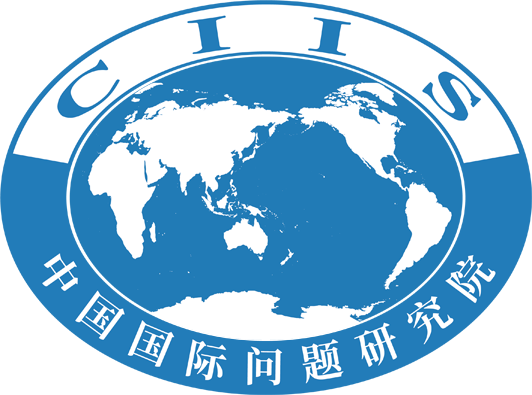On 20th and 21st of February, 2020, the Special China-ASEAN Foreign Ministers’ Meeting on COVID-19 and the 5th LMC Foreign Ministers’ Meeting were held in Vientiane, Laos. The two meetings were held at a critical moment when China, together with the whole world, is fighting against the novel coronavirus. At the meetings, China’s State Councilor and Foreign Minister Wang Yi introduced China’s strong measures on countering the epidemic and exchanged in-depth views on collaboration with his counterparts.
Two important statements were adopted: Statement of the Special China -ASEAN Foreign Ministers’ Meeting on the COVID-19 and Joint Press Communiqué of the 5th Lancang-Mekong Cooperation Foreign Ministers’ Meeting, both of which highlighted the importance of enhancing public health cooperation against the emerging and re-emerging infectious and communicable diseases like the COVID-19.
Over the past years, Lancang-Mekong subregion has been one of the fastest growing areas in the world, enjoying an average GDP growth rate of 6.5% between 1992 to 2017. However, the outbreak of COVID-19, as well as the earlier epidemics like SARS, H1N1, H5N1, tuberculosis, malaria, dengue etc., reminds us of the fact that economic growth in the subregion is highly vulnerable to cross-border challenges like outbreaks of COVID-19 and the need to join hands to tackle these challenges among Lancang-Mekong states.
To jointly tackle the challenges posed by the COVID-19 epidemic outbreak was one of seven future priority areas the State Counsellor Wang put forward at the 5th LMC Foreign Ministers’ Meeting. According to State Counsellor Wang, the cooperation can take in two dimensions: one is to share information, deepen communication and coordinate actions towards defeating COVID-19, and the other is to explore the possibility of establishing a joint action mechanism on public health emergency and improving the wellbeing and heath condition of people in the subregion.
To implement this initiative for the benefits of all LM states, we need to start doing the following:
First, consider establishing a LMC working group on public health cooperation. Good health is central to the happiness of each individual and the prosperity of each state. By establishing the working group, more comprehensive, systematic, timely and continuous communication and cooperation between LM countries can be realized, which is particularly important in the event of emergencies.
Second, engage as more stakeholders as possible. Local governments, think tanks, private companies, NGOs and the public need to be further mobilized. The model of public private partnership (PPP) can be adopted. By these ways, the knowledge, experience, fund and other resources from various sources could be utilized, and the cooperation will be more efficient.
Third, adopt innovative methods like digital health solution. For example, building LMC interoperable labs which can eventually be transformed into sub-regional digital health hubs, developing LMC simulation software to handle public health crisis so as to better prepare for outbreaks in the real world, and providing health knowledge to targeted groups through mobile phones across the countries etc.
Last but not least, make efforts to promote better coordination with other regional and sub-regional mechanisms. As an integral part of China-ASEAN cooperation, LMC can draw on the rich experience of China-ASEAN cooperation. Cooperation mechanisms like GMS, Mekong-Japan Cooperation, Mekong-South Korea Cooperation all have various kinds of programs on health cooperation in the sub-region. If these mechanisms can share information and experience with each other, make full use of their comparative advantages and complement each other in the forms of joint researches and even joint projects, it will surely benefit all.
The epidemic is short-lived while friendship and cooperation between LM countries, as well as China and ASEAN, is time-tested. Though painful, the outbreak can also be turned into an opportunity to further deepen the friendship between peoples in LM countries, foster new cooperation growth points, and forge an even closer LM community of shared future. The message conveyed by the two Foreign Ministers’ meetings has not only warmed the Chinese people, but also set an example for future public health cooperation between China and ASEAN, especially LM countries. As the saying goes “after every storm the sun will smile”, it always does.
The author is a research assistant from the Department of Asia-Pacific Studies, China Institute of International Studies.
Source: China Institute of International Studies, February 24, 2020.



